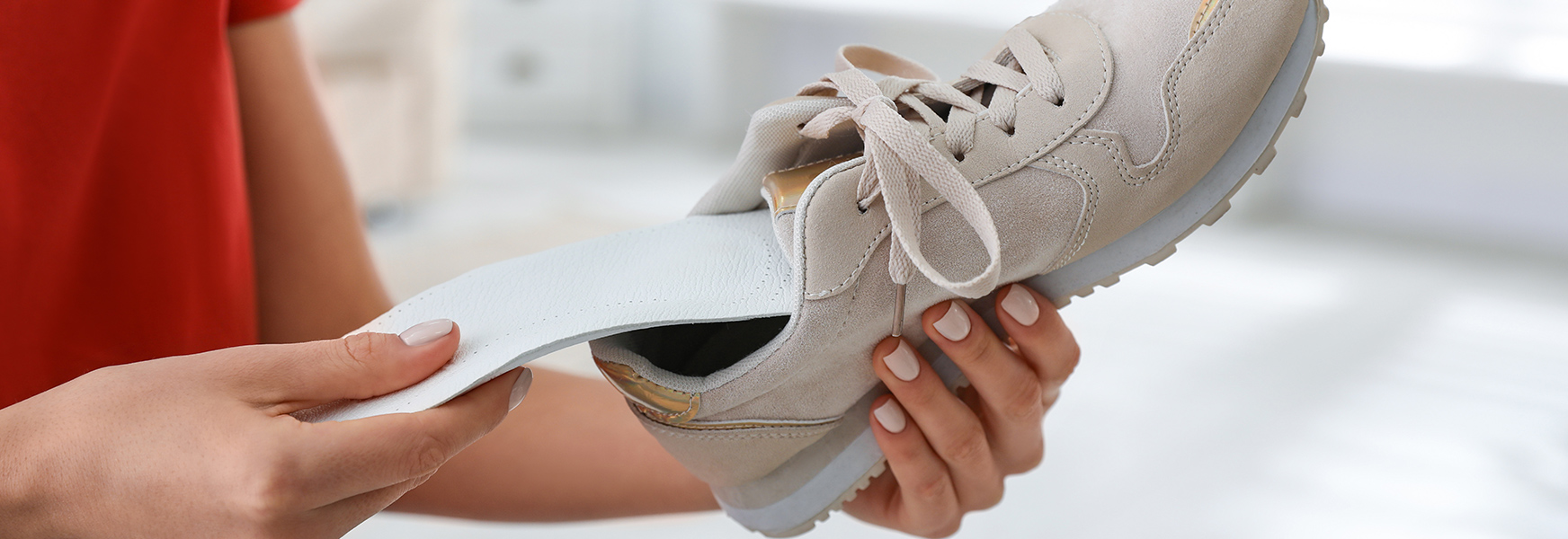Shoes That Are Good for Your Sole

Often people look at the superficial reasons for why they could be experiencing pain. Looking at this from the ground up can be extremely helpful. The human body is a kinetic chain, starting with our feet. The shoes we choose to wear can have a dramatic impact on our comfort, health, and safety. Everyone has a unique anatomical and biomechanical make up which calls for knowing what shoes fit best. This “best fit” depends significantly upon a person’s arch type. Arches act as a shock absorber for a person’s body weight and additional forces exerted. This chain reaction, if not balanced properly, can lead to other issues.
Especially in the workplace, foot health and a proper shoe fit plays a vital part in performance and safety. Reflect on the average workday. How many hours are your workers on their feet? An 8-hour day, a 10-hour day, and maybe for some even 12 hours. Lets also not forget occasional overtime. Pain in general can be a distraction for a person, especially if the pain point is bearing body weight. The below information is to provide insight on how a happy sole can lead to a happier and safer employee.
Let’s start with the most common arch types. In simple terms these are low arches, high arches, and neutral arches.
Beginning with low arches:
- When arches flatten this results in an uneven distribution of a person’s body weight. This can lead to additional stress on muscles, ligaments and tendons. Low arches, sometimes referred to as ‘fallen arches’ or ‘flat feet,’ can be anatomical, but can also be a result of other contributing factors such as trauma, age, inflammatory arthritis, and obesity.
Moving to high arches:
- Force and weight are directed towards the ball and heel of a person’s foot. High arches can lead to the increased risk of an inefficient absorption of force and impact.
Lastly neutral arches:
- Being the best-case scenario, an even distribution of body weight and impact.
Knowing this information, you might be asking, how can I tell what type of arches I have? Doctor Scholl’s has made a device that allows you to simply step on and the technology ‘reads’ your feet. Though if this is not available to you, the easy way to accomplish this at home is to wet your feet and step onto a dry surface such as pavement. If the arches are high you will predominately see the ball of your foot and heel with a narrow connection between the two. Conversely, if you have flat feet the connection between the two is going to appear much wider.
Now with a better understanding of different arches as well as the risk factors associated with each arch type, the next step is understanding what footwear or insole is best for your particular arch.
If you have high arches look for footwear that addresses the following:
- Supports the entire foot to alleviate pressure on the ball and heel
- Typically a less rigid sole and cushioned support to reduce walking, running, or jumping impact
- A strong and stable heel, with minimal flexibility
If you have low arches:
- Fully support your arch with a low support insole
- Laced shoes are recommended to restrict unnecessary movement
- A strong and stable heel, with minimal flexibility
Lastly, if you have neutral arches:
- Look for firm and thick soles
- Adequate cushioning
- A strong and stable heel, with minimal flexibility
Along with finding a shoe that is good for your sole, it is important to remember to stretch daily and to instill good habits in your daily routine. Chronic injury can result from shoes or boots that do not fit well or lack adequate support. Lastly, remember the importance of protecting your feet from sudden trauma or seasonal changes that could occur at work. Comfortable shoes are great for your sole, but that safety toe, waterproof boot, fleece lining, or steel shank might also save you from a real pain in the foot.
